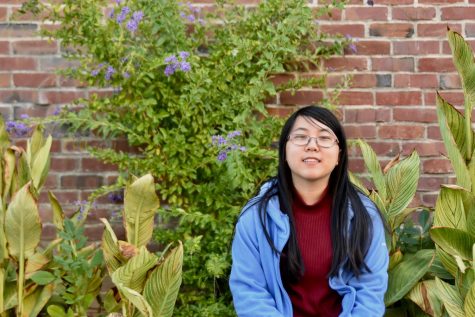Hidden in plain sight: The impact of librarians in the library
Examining a librarian’s impact on the library
September 23, 2018
Throughout Woodland Library, hushed whispers echo across the room as high school students gather around discussing difficult problems, young children listen intently to a story and staff members move from one place to another, escorting the visitors. In this chaos resides a type of peaceful harmony, found among the neat arrangements of books and tools, each in their specified place. And behind this harmony, the orderly nature and inner workings of the library, is an important group of individuals — librarians.
Despite their vital role in the library, senior Sarvagnya Chodavarapu, who volunteers at the Cupertino Library, believes that librarians are viewed in a negative light.
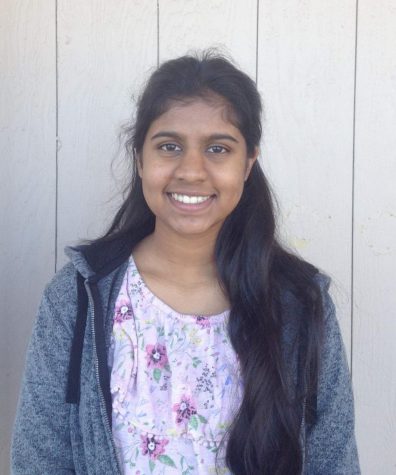
“Many people look down on the profession because they think it is just old ladies or people who don’t have other jobs,” Chodavarapu said. “The stereotypical librarian is an old lady who’s possibly retired and she is doing this for fun.”
Having volunteered at the library for two years, Chodavarapu is familiar with the library’s daily processes.
“They [librarians] are really useful when they are being helpful,” Chodavarapu said. “I work with the teen librarian a lot and he is really funny. I am also on the teen advisory board, so he heads that, so we spend a lot of time doing projects together. He is really fun and nice to work with.”
The process of becoming a librarian requires a Bachelor’s Degree and perhaps an additional year or two of education to become an expert in a specified subject, such as medicine, American studies or biology. Woodland librarian Karen Dixon, who has a Bachelor’s in American studies, is familiar with this idea.
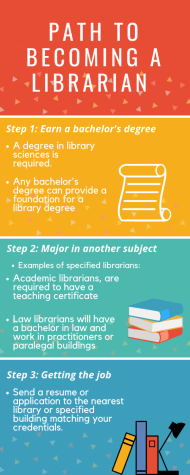
“It’s [American Studies] given me an appreciation for various people’s outlooks around what’s happening in the world,” Dixon said, “I can rely on that background and knowing that someone of a particular ethnicity would really want certain types of books and we’re not out to make judgements on what people believe we just want to provide a variety of different viewpoints. So we need to
understand the communities and the people that we work with.”
Dixon originally wanted to become a nuclear engineer; however, she eventually found herself working as a teacher in CPS-Lorca Elementary. During Dixon’s first year, the school’s librarian left on maternity leave, Dixon became the school’s temporary librarian. From there, Dixon became a librarian at Woodland Library, where she has been for 12 years.
“[Being a librarian is] fun. I like seeing people every day and being asked questions,” Dixon said. “Nothing is ever the same because information changes, books change, trends change and we’re there to help people find the information that they need, and that is always fresh.”
Dixon says toddlers tend to interact more with her in unpredictable ways ranging from singing to dancing. In addition to storytime, Dixon manages maintenance ranging from organization to ordering DVDs as well as public connections. Along with ordering DVDs, every month Dixon gets a list of books from which she selects items to purchase. After the order is filled out, books labeled and delivered, Dixon, along with the other workers, place them in the correct shelves based upon the Dewey Decimal System.
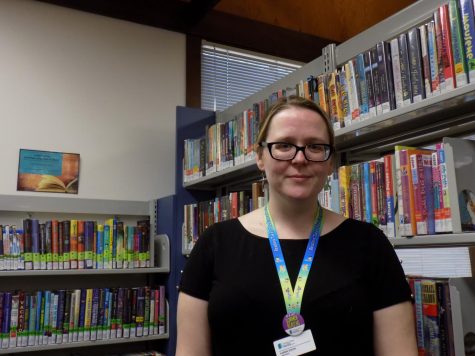
In addition to librarians, library volunteers also play a crucial role in the function of the library. Volunteers like Chodavarapu are tasked with keeping the books organized. They organize books in carts by the Dewey Decimal System and the author’s last name.
Along with organization, librarians and the Teen Advisory Council have another important role – hosting events. At the Cupertino Library, junior Ashvin Irrinki, president of Cupertino Teen Advisory Council, hosts events with the help of librarians.
Having collaborated extensively with librarians, Irrinki has gotten to know them on a personal level and recognizes the value of librarians to the community.
“I respect their profession,” Irrinki said. “They manage the entire library, they help [with] getting all the resources that we want, they help [with] managing those resources for the website. They do a lot for the library and for the community.”
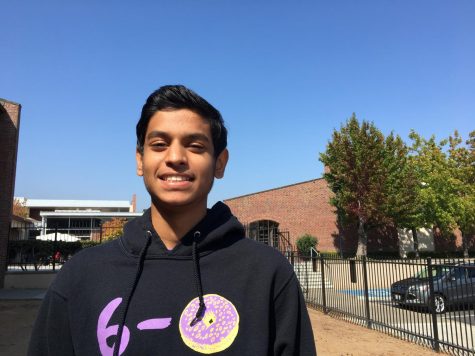
The S4[Super Summer Science Search] science fair starts during the summer for middle school students. The library provides an essential resource – databases – which house information ranging from historical to scientific. Dixon explains that the databases are made accessible due to the library paying to move the firewall. Along with databases, librarians like Dixon help customers with an assortment of things from job resumes to getting students passes to use in the library. Working as a librarian involves more than organization and public relations skills. The work schedule also varies and does not conform to a conventional work schedule.
“Sometimes it’s in more than one building, you go where you need to be,” Dixon said. “But it’s fun and there are amazing people I’ve worked with and we’ve all got interesting personalities and we’ve done so many different things and we work to take all of those unique things and bring it together, to create a space and an experience for people in the community.”
For Dixon, being a librarian is more than just a job. One of Dixon’s favorite moments on the job is when someone comes back and says the book she gave them made a difference.
“Being a librarian is connecting people with what they need, whether they need information for a job, for school, or something fun to read for themselves,” Dixon said. “Especially with as much electronic information as there is, it’s hard to determine sometimes whether it’s good information. So we’re not going anywhere, but unless somebody thinks they need us, they don’t realize we’re here.”



